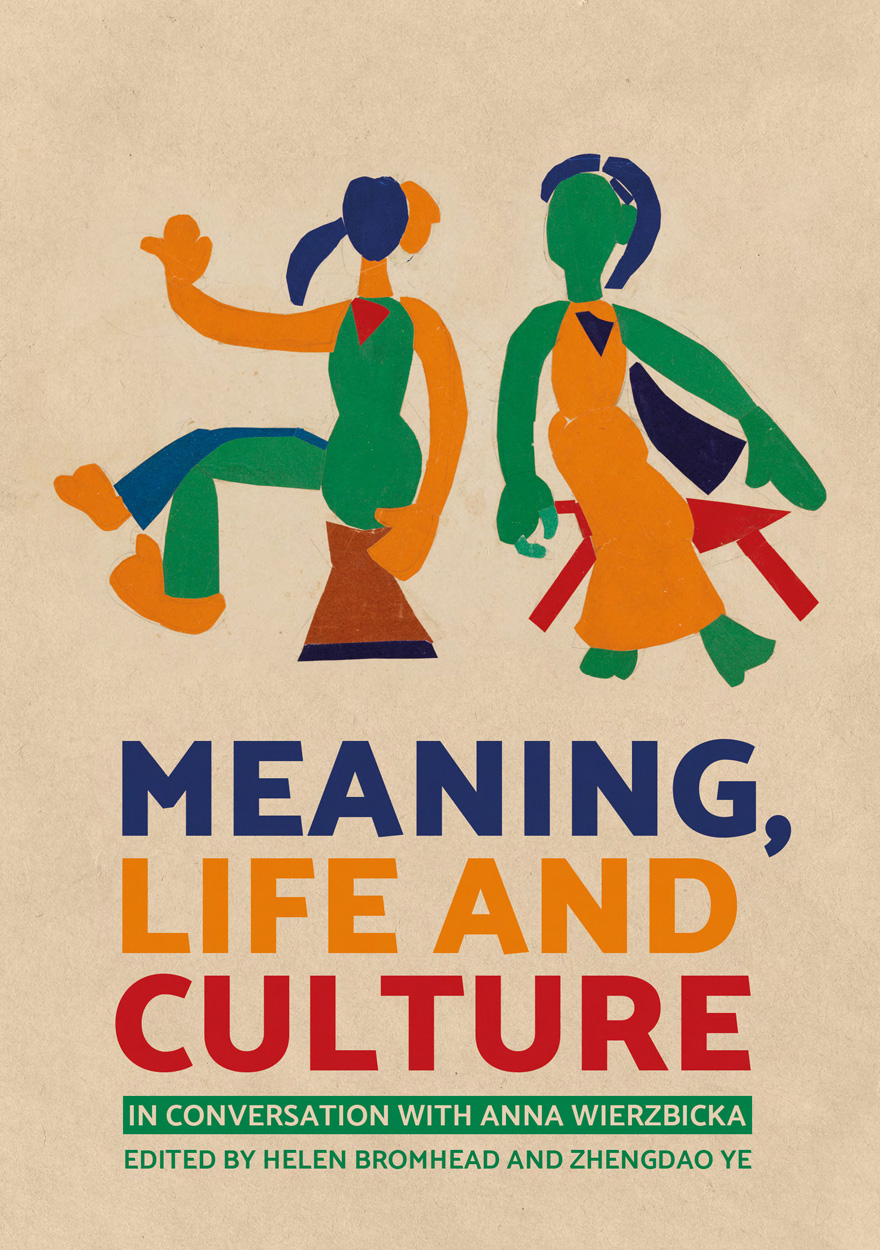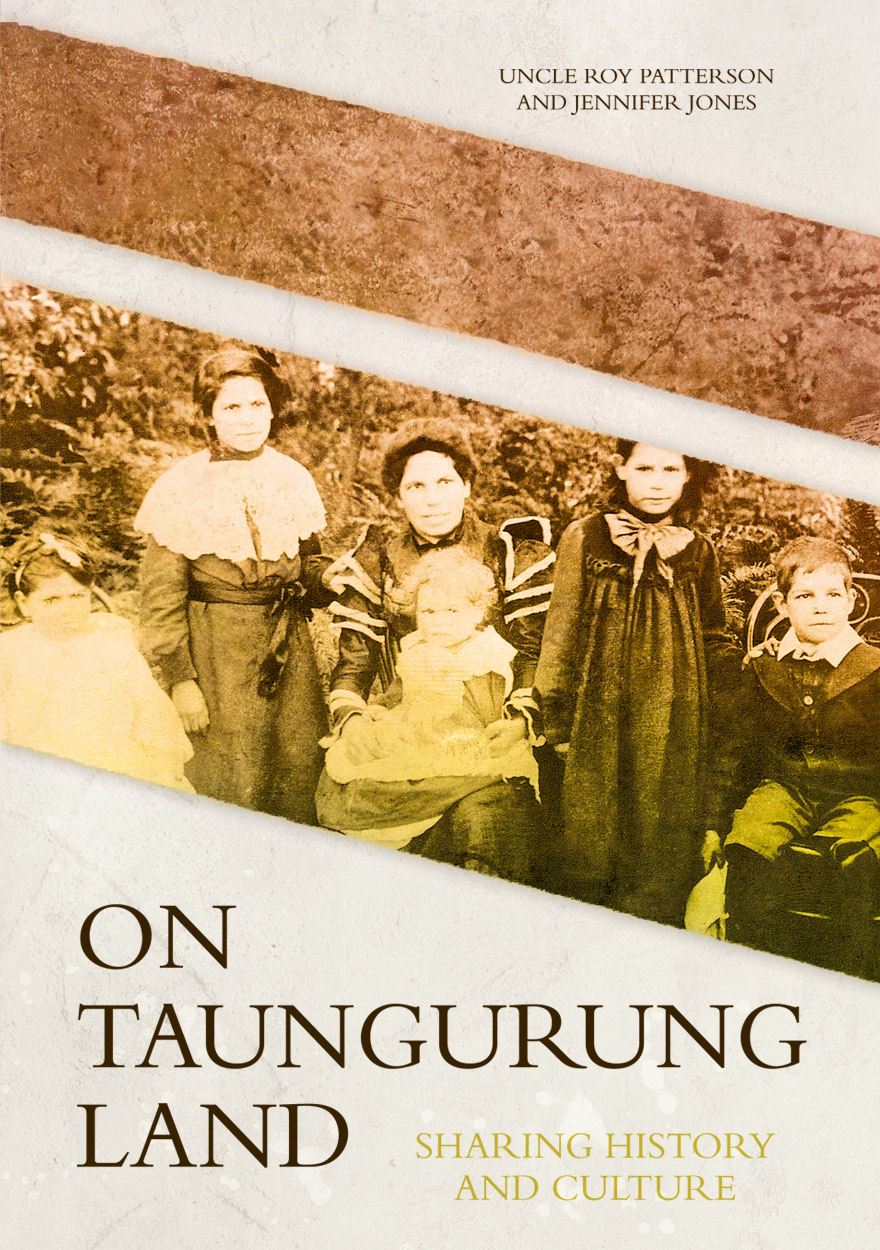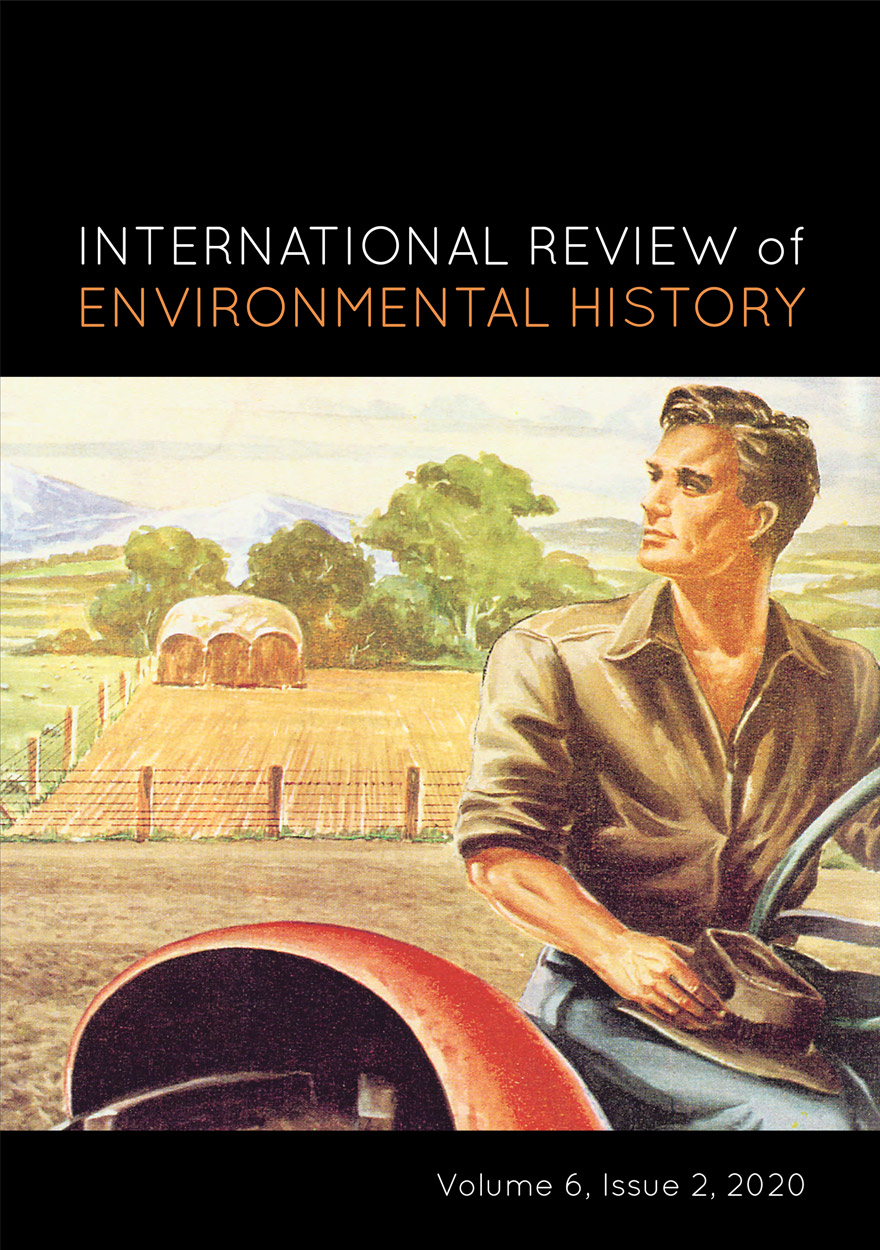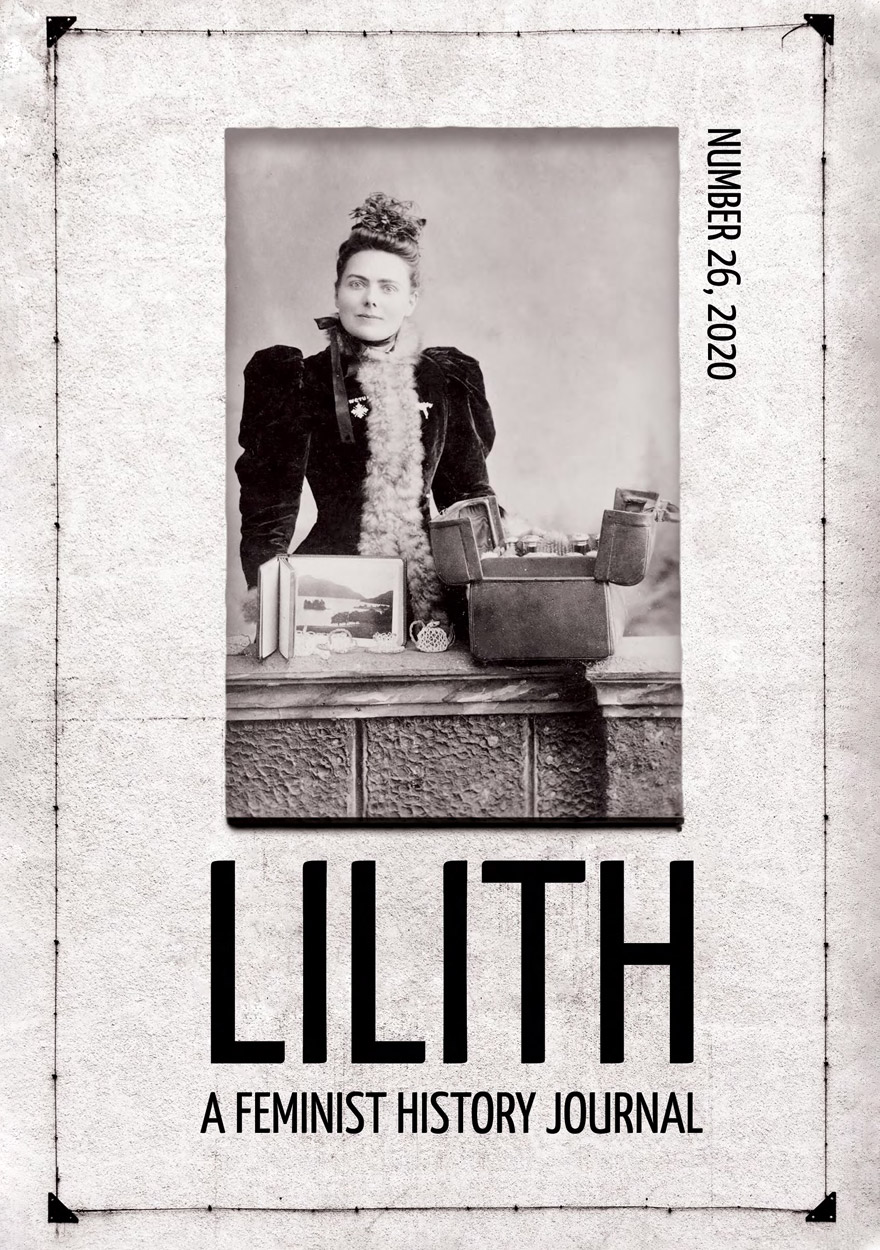Search titles
Displaying results 171 to 180 of 1098.

Meaning, Life and Culture »
In conversation with Anna Wierzbicka
Edited by: Helen Bromhead, Zhengdao Ye
Publication date: December 2020
This book is dedicated to Anna Wierzbicka, one of the most influential and innovative linguists of her generation. Her work spans a number of disciplines, including anthropology, cultural psychology, cognitive science, philosophy and religious studies, as well as her home base of linguistics. She is best known for the Natural Semantic Metalanguage (NSM) approach to meaning—a versatile tool for exploring ‘big questions’ concerning the diversity and universals of people’s experience in the world.
In this volume, Anna Wierzbicka’s former students, old and current colleagues, ‘kindred spirits’ and ‘sparring partners’ engage with her ideas and diverse body of work. These authors cover topics from the grammar of action verbs to cross-cultural pragmatics, and over 30 languages from around the world are represented.
The chapters in Part 1 focus on the NSM approach and cover four themes: lexico-grammatical semantics, cultural keywords, semantics of nouns, and emotion. In Part 2, the contributors connect with a meaning-based approach from their own intellectual perspectives, including syntax, anthropology, cognitive linguistics and sociolinguistics.
The deep humanistic perspective, wide-ranging themes and interdisciplinary nature of Wierzbicka’s research are reflected in the contributions. The common thread running through all chapters is the primacy of meaning to the understanding of language and culture.

Niche Wars »
Australia in Afghanistan and Iraq, 2001–2014
Publication date: 2020
Australia invoked the ANZUS Alliance following the Al Qaeda attacks in the United States on 11 September 2001. But unlike the calls to arms at the onset of the world wars, Australia decided to make only carefully calibrated force contributions in support of the US-led coalition campaigns in Afghanistan and Iraq. Why is this so?
Niche Wars examines Australia’s experience on military operations in Afghanistan and Iraq from 2001 to 2014. These operations saw over 40 Australian soldiers killed and hundreds wounded. But the toll since has been greater. For Afghanistan and Iraq the costs are hard to measure. Why were these forces deployed? What role did Australia play in shaping the strategy and determining the outcome? How effective were they? Why is so little known about Australia’s involvement in these campaigns? What lessons can be learned from this experience?
Niche Wars commences with a scene-setting overview of Australia’s military involvement in the Middle East over more than a century. It then draws on unique insights from many angles, across a spectrum of men and women, ranging from key Australian decision makers, practitioners and observers. The book includes a wide range of perspectives in chapters written by federal government ministers, departmental secretaries, service commanders, task force commanders, sailors, soldiers, airmen and women, international aid workers, diplomats, police, journalists, coalition observers and academics.
Niche Wars makes for compelling reading but also stands as a reference work on how and why Australia became entangled in these conflicts that had devastating consequences. If lessons can be learned from history about how Australia uses its military forces, this book is where to find them.

East Asia Forum Quarterly: Volume 12, Number 4, 2020 »
Publication date: December 2020
COVID-19 has spotlighted, like no other event, the importance of the ascendance of China in global affairs. This issue of East Asia Forum Quarterly examines how China is changing and why that is important. Contributors offer perspectives on China's economic transformation and the evolution of the political, military, technological, environmental and strategic dimensions of China under President Xi Jinping. The Asian Review discusses the future of Kashmir, human rights in Southeast Asia and global governance reform.
Download for free
Not available for purchase

Interpreting Myanmar »
A Decade of Analysis
Authored by: Andrew Selth
Publication date: December 2020
Since the abortive 1988 pro-democracy uprising, Myanmar (formerly Burma) has attracted increased attention from a wide range of observers. Yet, despite all the statements, publications and documentary films made about the country over the past 32 years, it is still little known and poorly understood. It remains the subject of many myths, mysteries and misconceptions. Between 2008 and 2019, Andrew Selth clarified and explained contemporary developments in Myanmar on the Lowy Institute’s internationally acclaimed blog, The Interpreter. This collection of his 97 articles provides a fascinating and informative record of that critical period, and helps to explain many issues that remain relevant today.

On Taungurung Land »
Sharing History and Culture
Authored by: Roy Henry Patterson, Jennifer Jones
Publication date: December 2020
On Taungurung Land: Sharing History and Culture is the first monograph to examine how the Taungurung Nation of central Victoria negotiated with protectors and pastoralists to retain possession of their own country for as long as possible. Historic accounts, to date, have treated the histories of Acheron and Mohican Aboriginal stations as preliminary to the establishment of the more famous Coranderrk on Wurundjeri land. Instead of ‘rushing down the hill’ to Coranderrk, this book concentrates upon the two foundational Aboriginal stations on Taungurung Country. A collaboration between Elder Uncle Roy Patterson and Jennifer Jones, the book draws upon Taungurung oral knowledge and an unusually rich historical record. This fine-grained local history and cultural memoir shows that adaptation to white settlement and the preservation of culture were not mutually exclusive. Uncle Roy shares generational knowledge in this book in order to revitalise relationships to place and establish respect and mutual practices of care for Country.

Australian Journal of Biography and History: No. 4, 2020 »
Publication date: December 2020
This issue of the Australian Journal of Biography and History includes eight peer-reviewed articles, and 12 book reviews. Each of the articles uses biography to illustrate historical themes and to add texture to historical episodes. Patricia Clarke examines the role of four women journalists who were recruited by the Australian Government to tour operational bases in eastern Australia during a critical phase in the Pacific War. In the field of journalism, women faced systemic barriers to employment; the women described in Clarke’s article went to great efforts to attain equality in the workplace, yet they were often restricted to weekly publications while the dailies remained the province of men. Lyndon and Lyne Megarrity, in their article on the two wives of the Queensland businessman and later premier Robert Philp (1899–1903, 1907–08), use the biographies of Jessie (née Bannister; 1856–90), and Mina (née Munro; 1867–1940) to illustrate the changes in the role of elite Queensland women over the relatively short period of a decade.
The next two articles consider the problems of constructing biographies of those who are essentially invisible in the historical record. Melanie Nolan, Christine Fernon and Rebecca Kippen discuss the ’first-fleeter’ Sarah Bellamy’s seemingly ‘insignificant life’ to illustrate various aspects of the British colonisation of the continent. The biography of the Boonwurrung man Kurrburra (1797–1849) forms the subject of the contribution by Ian Clark, Rolf Schlagloth, Fred Cahir and Gabrielle McGinnis. By setting out to consider the whole of Kurrburra’s life rather than only the moments of contact (or conflict) with colonial society, he can be re-presented as one who was respected and important in his Aboriginal community, and who managed, negotiated and sought to control his interactions with the colonising forces.
Sophie Scott-Brown, in her article on the British Marxist historian Raphael Samuel, considers the utility of biography in relation to intellectual history, and the relationship between what she terms ‘cultural persona’ and the empirical personality. By contrast, Michael Davis’s biographical portrait of the anthropologist Leonhard Adam reveals a figure who some viewed as an outsider, but whose works on Aboriginal art were highly successful. In his study of the Australian delegation to the 1919 Paris Peace Conference, David Lee looks at the men who between them forcefully asserted Australia’s position, and thus contributed to the country’s consolidation as an independent nation-state during the inter-war period. In the final article, Stephen Wilks argues that biography is founded on human agency, and that political history is ‘rich in interpersonal interaction’. He concludes that biography provides scholars with ‘a platform for exploring the tortuous chains of decision, chance and error that characterise the political past and the legacies it imparts’.
Download for free
Not available for purchase

International Review of Environmental History: Volume 6, Issue 2, 2020 »
Edited by: James Beattie
Publication date: November 2020
International Review of Environmental History takes an interdisciplinary and global approach to environmental history. It encourages scholars to think big and to tackle the challenges of writing environmental histories across different methodologies, nations, and time-scales. The journal embraces interdisciplinary, comparative and transnational methods, while still recognising the importance of locality in understanding these global processes.
The journal's goal is to be read across disciplines, not just within history. It publishes on all thematic and geographic topics of environmental history, but especially encourage articles with perspectives focused on or developed from the southern hemisphere and the ‘global south’.
Download for free
Not available for purchase

Towards Human Rights Compliance in Australian Prisons »
Authored by: Anita Mackay
Publication date: November 2020
Imprisoned people have always been vulnerable and in need of human rights protections. The slow but steady growth in the protection of imprisoned people’s rights over recent decades in Australia has mostly come from incremental change to prison legislation and common law principles. A radical influence is about to disrupt this slow change.
Australian prisons and other closed environments will soon be subject to international inspections by the United Nations Subcommittee on the Prevention of Torture (SPT). This is because the Australian Government ratified the Optional Protocol to the Convention Against Torture and other Cruel, Inhuman or Degrading Treatment or Punishment (OPCAT) in December 2017.
Australia’s international human rights law obligations as they apply to prisons are complex and stem from multiple Treaties. This book distils these obligations into five prerequisites for compliance, consistent with the preventive focus of the OPCAT. They are:
reduce reliance on imprisonment
align domestic legislation with Australia’s international human rights law obligations
shift the focus of imprisonment to the goal of rehabilitation and restoration
support prison staff to treat imprisoned people in a human rights–consistent manner
ensure decent physical conditions in all prisons.
Attention to each of these five areas will help all levels of Australian government and prison managers take the steps required to move towards compliance. Human-rights led prison reform is necessary both to improve the lives of imprisoned people and for Australia to achieve compliance with the international human rights legal obligations to which it has voluntarily committed itself.
Awarded the 2021 Australian and New Zealand Society of Criminology (ANZSOC) Christine M Alder book award for ‘an outstanding monograph or book which, in the opinion of the judges, has made a valuable and outstanding contribution to criminology’.

A Bridge Between »
Spanish Benedictine Missionary Women in Australia
Authored by: Katharine Massam
Publication date: October 2020
This sensitive account of Spanish Benedictine women at an Aboriginal mission in Western Australia is poignant and disturbing. Notable for its ecumenical spirit, depth of research and deep engagement with the subject, A Bridge Between is a model of how religious history, in its broader bearings, can be written.
— Graeme Davison, Monash University
With great insight and care, A Bridge Between presents a sympathetic but not uncritical history of the lives of individuals who have often been invisible. The story of the nuns at New Norcia is a timely contribution to Australia’s religious history. Given the findings of the Royal Commission, it will be widely read both within and beyond the academy. History is, here, a spiritual discipline, and an exercise in hope and reconciliation.
— Laura Rademaker, The Australian National University
A Bridge Between is the first account of the Benedictine women who worked at New Norcia and the first book-length exploration of twentieth-century life in the Western Australian mission town. From the founding of a grand school intended for ‘nativas’, through links to Mexico and Paraguay then Ireland, India and Belgium, as well as to their house in the Kimberley, and a network of villages near Burgos in the north of Spain, this is a complex international history. A Bridge Between gathers a powerful, fragmented story from the margins of the archive, recalling the Aboriginal women who joined the community in the 1950s and the compelling reunion of missionaries and former students in 2001. By tracing the all-but-forgotten story of the community of Benedictine women who were central to the experience of the mission for many Aboriginal families in the twentieth century, this book lays a foundation for further work.

Lilith: A Feminist History Journal: Number 26 »
Publication date: October 2020
The 2020 issue of Lilith features research on a range of feminist history topics, including an exploration of the performativity of temperance activist Bessie Harrison Lee; a critique of how colonial women are represented in Australian museums; a discussion of representations of motherhood in digital archives; a reconceptualisation of the radical nature of women’s political history; an investigation of the role that dress played in encouraging community acceptance of early women preachers in Australia; an inquiry into how fat bodies became a site of resistance of gender norms among rural women in interwar Western Australia; a study of women’s presence on plantations in colonial north Queensland; a survey of ‘moral treatment’ of puerperal insanity among female patients at Fremantle Lunatic Asylum; and an analysis of the coercion of women into domestic service in interwar Britain.
Download for free
Not available for purchase



